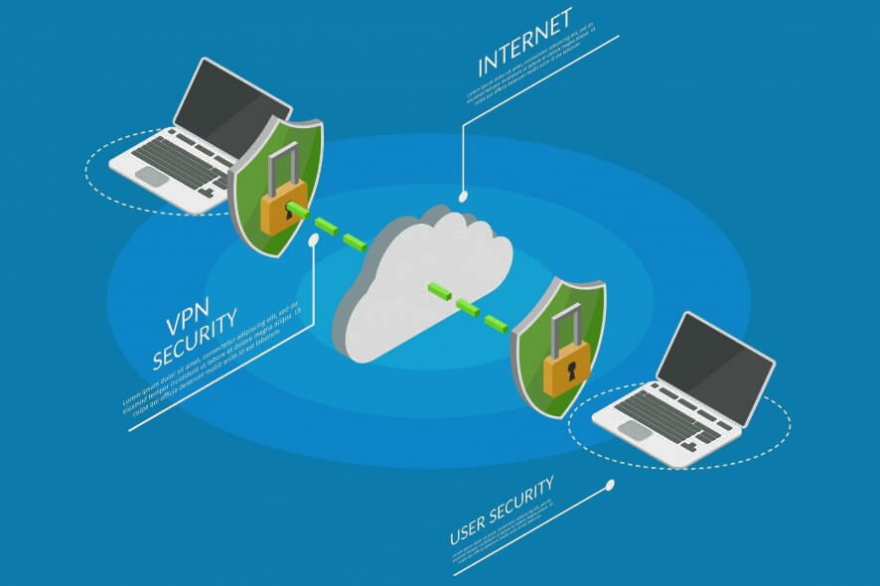If you are looking for a way to privately send voice data over a VPN, this blog post is for you. We will explore the differences between VoIP and standard voice calls, why it’s important to use encryption when communicating over an unsecured network, how to configure your devices accordingly, and more.
The Internet is a scary place. We all know that. But what you use the Internet for, and how often you do it, might make it scarier than you realize. For example, if I google something like “how to send voice data over a VPN,” I could be vulnerable to someone monitoring my traffic by piggybacking on my connection or using malware to hijack my computer’s operating system before sending out any of my information. After reading this blog post, you’ll know the necessary to keep your online activity private from prying eyes. Here are tips that can help:
Protect yourself by setting up strong passwords with at least 20 characters long and including symbols and numbers in combinations, so they’re more challenging for hackers to crack.

How can I call through VPN?
As more and more people use voice assistants like Alexa, Siri, or Google Assistant for their daily tasks, they need to know how to keep their data secure. One way is by setting up a VPN (a virtual private network) on your home router. This will encrypt all the data that goes through it. However, data sent over the public Internet can be monitored and intercepted by hackers or governments with advanced technology. To protect against this risk, you should change your Wi-Fi password every few months and use a strong encryption key such as WPA2-AES (Wi-Fi Protected Access). The good news is that many companies provide free VPN services – one of them being VPNChill.
Encryption is often thought of as a means to protect one’s data from being seen by the wrong people. However, it can also be used to ensure that you are communicating with the person at the other end in private. This post will teach you how to privately send voice data over a VPN through an encrypted tunnel using Encrypted Voice-over-IP (VoIP) technology called ZRTP.

You will need: A VPN account or server with port forwarding enabled, SIP software for VoIP communication – Skype or Viber would work fine, and finally, a ZRTP encryption key generated on your computer. So to get started, all you have to do is log into your VPN account/server while running SIP software on your PC.
What is the best way to send voice data over a VPN?
One of the most commonly asked questions we see on our website and receive through email is: how can I privately send voice data over a VPN. This article will answer that question and provide some tips for doing so. What we’re going to do first is create an SSH tunneling session from your Linux machine, where you’ll be sending your voice data back to your Windows PC or Mac. From here, you’ll connect with TeamViewer and then use their TTS service (text-to-speech) to convert what you’ve typed into audio files, which are sent back up the SSH tunnel. The audio files will be sent using UDP packets as opposed to TCP.




